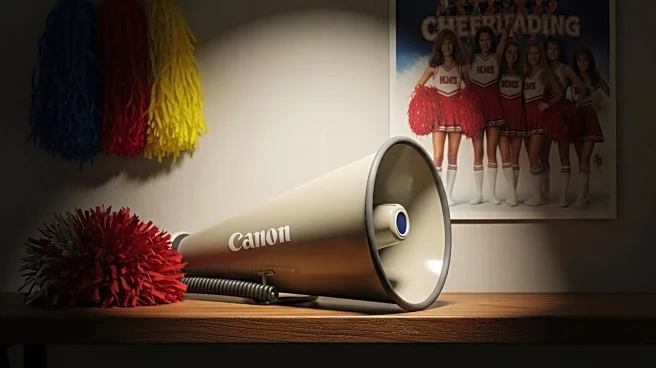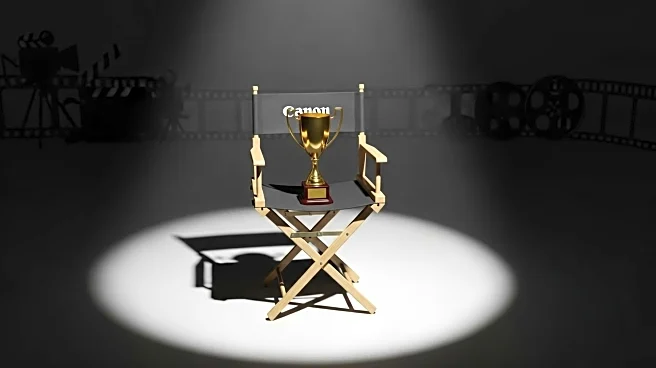What's Happening?
Kirsten Dunst has expressed her disinterest in participating in a sequel or reboot of the popular cheerleading film 'Bring It On.' Celebrating the movie's 25th anniversary, Dunst was asked about the possibility of a follow-up film. She firmly stated her preference to 'leave good things where they are,' indicating no desire to reprise her role or take on a production role. 'Bring It On,' released in 2000, was a successful teen comedy that starred Dunst as Torrance Shipman, a high school cheerleader. The film led to several direct-to-video sequels, none of which included the original cast. Dunst's current stance contrasts with her previous openness to a sequel, as she mentioned in a 2024 interview that she might consider it if it wasn't embarrassing.
Why It's Important?
Dunst's decision not to pursue a sequel to 'Bring It On' highlights a broader trend in Hollywood where actors and filmmakers are increasingly selective about revisiting past successes. This decision underscores the importance of preserving the integrity and legacy of original works, especially those that have achieved cult status. For fans and the film industry, Dunst's stance may influence how other actors approach potential reboots or sequels of iconic films. It also reflects a shift towards valuing original content over repetitive sequels, which can impact production decisions and audience expectations.
What's Next?
While Dunst has ruled out her involvement, the possibility of a 'Bring It On' sequel or reboot remains open for other producers or actors. The film's enduring popularity could still inspire new projects, potentially involving fresh talent or different creative directions. Industry stakeholders may explore alternative ways to capitalize on the film's legacy, such as spin-offs or adaptations in other media formats. Fans of the original may continue to advocate for a sequel, but Dunst's decision sets a precedent for maintaining the original's legacy.
Beyond the Headlines
Dunst's decision not to revisit 'Bring It On' raises questions about the cultural impact of nostalgia-driven projects in Hollywood. It highlights the ethical considerations of reviving past works and the potential risks of diminishing their original value. This decision may encourage filmmakers to focus on creating new, innovative content rather than relying on established franchises. Additionally, it reflects a growing awareness of the importance of artistic integrity and the potential pitfalls of commercializing nostalgia.











